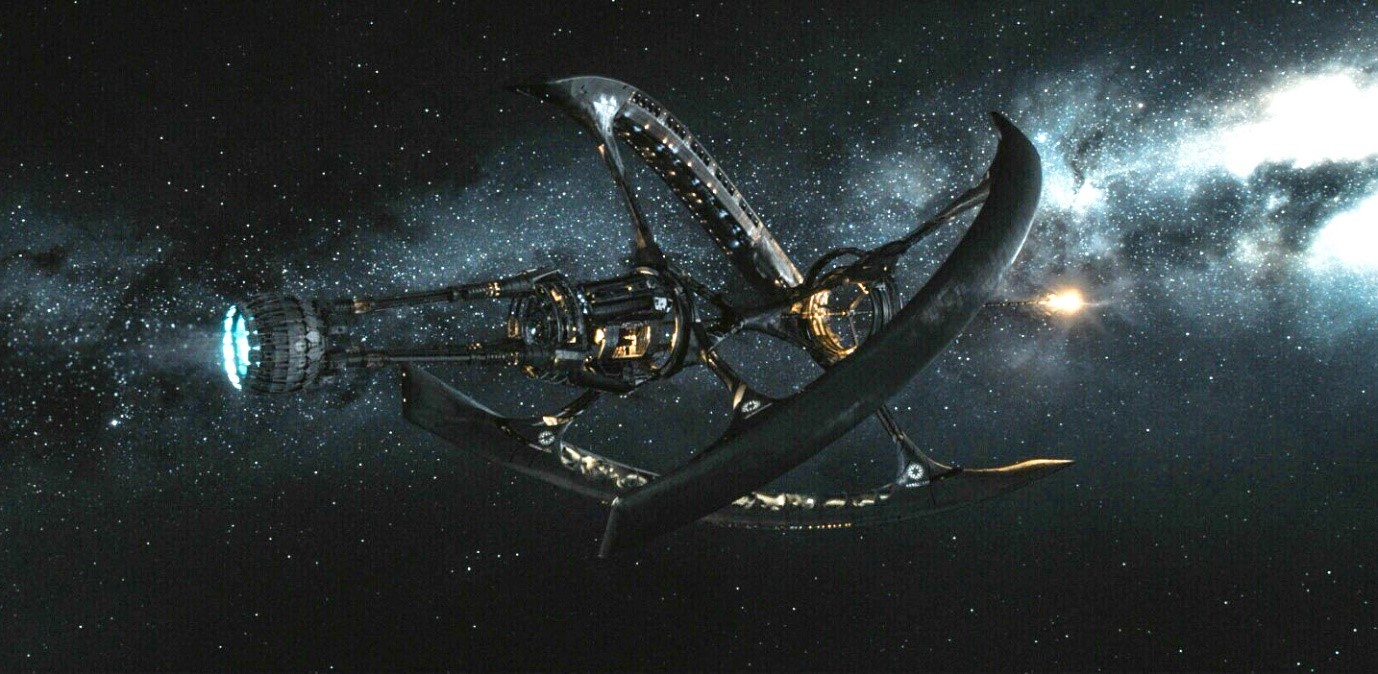Embryology in space colonization
Christopher Nolan’s Interstellar has a fan base like no other movie. Especially after the prediction of the image of a black hole with mind blowing precision, movie buffs consider this movie no less than a legend. The release of the first historical image of a blackhole captured was so similar to the one imagined by Nolan that the Interstellar movie gained double the devotees than it previously had.
Plan B
According to the plan B as secretly intended by Professor Brand, Cooper would fly the crew and the cargo to the right home planet of the final 3, leave them there and return to earth with TARS. The three scientists, the Lazarus explorer if he is still alive and CASE would decant 10 embryos, incubate them and raise them while staying as young as possible. The existing adults would also make natural babies. The first-generation babies would grow into adulthood, incubate the next batch of embryos and also make new natural babies. and so on… Meanwhile the plan B adults would explore the land, grow food, build settlements etc.
However, Things change and Amelia is alone. As per the final narration, she incubates 10 embryos and plans to raise them to adulthood with the help of CASE. Whenever she is not needed for a lengthy process, she goes to hypersleep. The future is still gloomy. The hopeful message is that Cooper reaches there while they are both still young and raise the first-generation babies together!

As spine-chilling as it sounds, the beauty of the movie is that nothing is exaggerated to unbelievable limits and appears to be like a horizon we gaze in wonderment both with awe and with fear.
Cryopreservation of embryos
As visionary as it sounds, it is no more the future. Embryos are cryopreserved everyday in an IVF laboratory. Infertility treatments include freezing of oocytes and embryos for as long as one wishes! A baby girl was born in Tennessee from a 27-year frozen embryo which broke the record for the longest-frozen embryo to result in a live birth, which was held by her older sister, Emma.
Freezing of embryos is done by an embryologist using a technique called vitrification in which the embryos are treated with solutions and plunged into liquid nitrogen where they can be preserved for decades. Embryologists are specialised clinical technicians who handle an IVF laboratory making babies using sperms and oocytes of the patients and growing the embryos before implanting them inside the body of the mother.

As fun as the job sounds, it is a highly applicative and highly demanded profession in today’s world as infertility raises exponentially. Medline academics is the best platform for anyone to start their journey to become an embryologist or an infertility specialist. There are online, offline and hybrid courses of different levels available which make it the world’s most convenient platform for learning.
The concept of embryo space colonization

Embryo space colonization is a theoretical concept where frozen human embryos are sent on a robotic mission to colonize the new probable habitable planet.
This beats the other concepts of sleeping pods where the entire human body is cryopreserved or a human is put into long sleep using several methods because of its numerous drawbacks like space, technology, retrieval of human consciousness after cryopreservation etc.
Embryos take the least amount of space, in fact microscopic and thousands can fit in a small cryo-container.
Challenges with embryo space colonization:
Artificial intelligence:

There is an obvious need for robots in this plan of action and we have already reached great extents with artificial intelligence. Robots can thaw these embryos once they find a habitable environment and incubate them in artificial uteruses for the babies to grow. These babies can be born with no risk or sacrifice of an already existing human life but at what cost?
Artificial uterus:

We have successfully grown a lamb in an artificial womb recently. It is not far future that we try this technology on humans and promising results don’t seem mythical anymore.

This could have its biggest application in space travel and colonization. Essential environment can be provided to an embryo mimicking the uterine environment evaluating all factors including temperature, pH, biological molecules that are required at specific timings, artificial endometrium, etc. These pods are smaller than hibernation pods that could be used to put living human beings for obvious reasons.
High speed spacecrafts:

The never-ending space depicts hope. If humans still look for extra-terrestrial life or hope for colonizing a habitable planet, it is only because we hope to find a new home somewhere far if not nearby. We will need high speed spacecrafts like in the Star Wars movies to be able to possibly find a new home.
Ethical issues:

Let’s imagine we did find a new home! Let’s say our robots did grow our embryos and make our babies! What next? We have numerous lost babies in an unknown planet! Yes, we did make it possible to colonize a new planet without killing an existing human being. But is it ethical to risk a life that is born in the future? Is it ethical to make a conscious human being a part of just an experiment although it has the potential to save humanity? The questions never end. However, we curious humans will never stop looking for answers and hopefully come up with solutions to all these problems.
Medline academics is the best online, offline and hybrid platform for people aspiring to pursue reproductive medicine and embryology courses of different levels making it the most convenient platform for learning.
